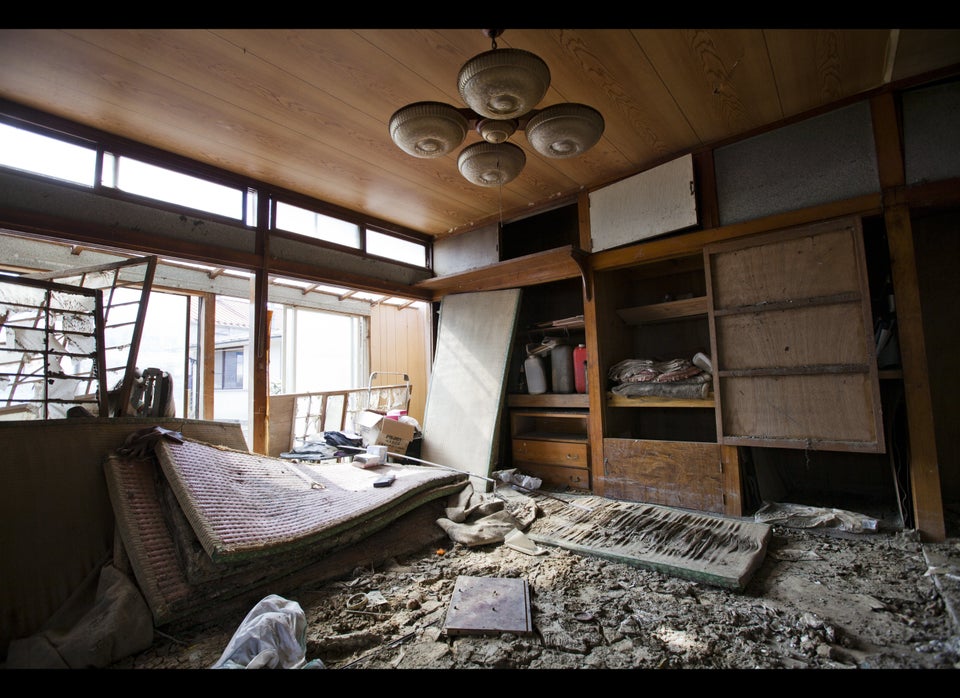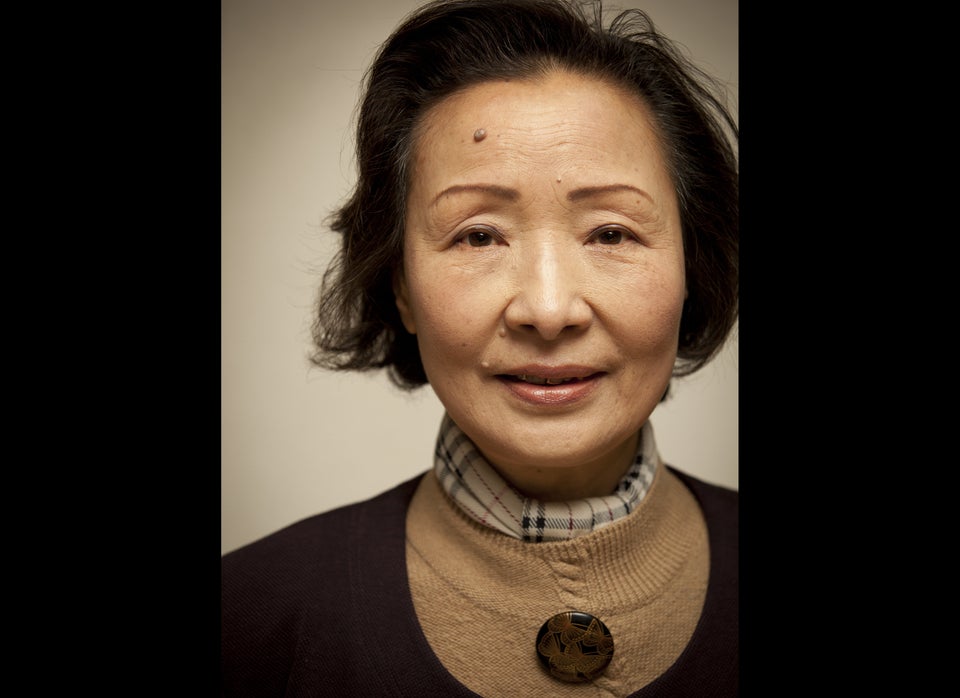Co-authored with Tokyo-based writer Robert Michael Poole. Please see author profile below.
The massive impact of tsunami waves that struck Ishinomaki, Japan, on March 11, 2011, can't be overstated; more than 3,000 Ishinomaki residents died in the inundation and undertow, The Japan Times notes, and nearly 3,000 more remain missing. According to Japanese broadcaster NHK, ocean waves overcame 46 percent of the city's land, swelling the Kitakami river after a magnitude 9.0 earthquake hit off of Japan's northeast coast.
Walking around the town today reveals the extent of the clean-up and rebuilding process launched by nonprofits, the government and locals determined to rebuild their lives -- and their livelihoods.
An "izakaya" (Japanese drinking establishment) stands beside a river crossed with bridges of twisted metal, covered in a dried-out carpet of mud. Its first floor was submerged and destroyed, but the tatami mats on the second floor bear a curious sign of regrowth -- mushrooms sprouting underfoot.
By May 2011, unemployment in Ishinomaki's prefecture of Miyagi hit 46,194, approximately triple the number from the previous year, according to NHK. For the businesses that survived, the hunger for rebirth is evident. Junko Shinagawa, a 76-year-old, once ran a vibrant clothing store in the town.
"The stove and electricity didn't work for weeks," Shinagawa said. "Since 3/11, few customers stop by anymore, but we continue cleaning because everyone now wants to live in a more comfortable, convenient place."
Damaged stores have been dismantled, occasionally leaving businesses such as the strikingly pink beauty salon, Stella's, standing alone in otherwise empty lots.
"We want to make the city even more clean and attractive than it was before," said retired grandmother Mieko Hoshiba, 87.
Music shop worker Manami Kumagai, 54, was out shopping when the tsunami struck. Trapped in her car, Kumagai ended up in hospital after breaking a bone in her chest, and her husband didn't survive. For two weeks following the disaster, her home played host to 20 relatives who came to aid the clean-up.
"Nature is strong, but we can feel the warmth of the people and it's their kindness that helps us survive. We are all positive in the hope to revive this town," Kumagai said. "The mindset is the most important thing; first one must focus on one's self and then on others."
A year later, the startling empty spaces symbolize what once was, but also what might be. The sight of high-spirited greetings between Ishinomakians encapsulates their forward-looking mentality, dedicated to the future of their town.
Retired Mikuni Fumitaka, 68, chops wood for the town's communal bathhouses, known as senninburo, which allow men and women to take turns in refreshing themselves. Though he feels the government has lost focus on aiding the Ishinomaki, Fumitaka has taken it upon himself to aid in the reconstruction.
"[The government is] not helping enough because Fukushima has become the more important concern now, so they're concentrating on them instead of us," he said.
One of the most prominent initiatives, "Ishinomaki 2.0," brings young shopkeepers who lost their businesses together to consider the future of the town. At a space called "The Revival Bar," these entrepreneurs bring together resources, ideas and people from across Japan to invest in the regeneration of Ishinomaki's shopping district. Blogs and social media spread the word, proving that even in once seemingly sleepy coastal towns, modern tools facilitate rebuilding.
"If things go back to how they were that's enough," says 17-year-old student Kanta Abe. "After the tsunami, I studied with students from other schools. It was a great experience and we want to smile with other people like we did before and ensure we go forward with our lives."
Where Ishinomaki was previously most famous as the home to the Ishinomori Manga Museum, in honor of pioneering local manga artist Shotaro Ishinomori, creator of influential titles Kamen Rider and Cyborg 009, these days, ordinary people do things not pictured in comics. When the town lost electricity and water, 68-year-old Mikuni Fumitaka visited a local well and lifted water from 30 feet deep to distribute among the townspeople.
"I experienced the 1960 Great Chilean earthquake when I was in high school. The tsunami wave was about thirty meters high, so I kind of knew what to expect," he said. "There was no electricity and no TV, so we could feel more calm. I'm pretty powerful, too, [compared to other] older people who couldn't lift the water from the well."
From re-opened art galleries that inspire young artists, to active nonprofit organizations such as the volunteer team It's Not Just Mud that are fixing up damaged homes, the atmosphere in Ishinomaki a year after the disaster is one of unity and building toward the future.
Single-mother and part-time worker Amelia Gegante, 32, from the Philippines, has chosen to remain in Ishinomaki to raise her 6-year-old son.
"If people come together, regardless of where they are from, they can have a better life," she said.
About the co-author:Robert Michael Poole is a Tokyo-based writer, editor and entrepreneur whose work has been published by Newsweek, Wall Street Journal, CNN and Associated Press. He focuses primarily on the Asian entertainment scene, as well as lifestyle, travel and international issues affecting the region.
About the photographer:Benjamin Parks is a Canadian photographer based in Tokyo. He specializes in editorial and corporate portraits as well as product photography and videography. His clients include Eurobiz, Metropolis, In Style, Columbia Law School and Bluetooth Signature magazines as well as Ferrari, DHL and United Colors of Benetton.
Ishinomaki One Year On:
More Ishinomaki Survivors Speak:

